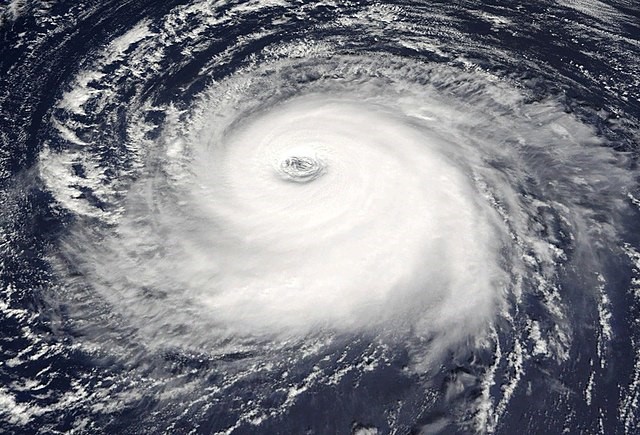Description

Disclaimer: Copyright infringement not intended.
Context
- Cyclone Mocha, currently located in the Eastern Bay of Bengal, is likely to be stronger than initial India forecasted-India Meteorological Department (IMD).
ALL ABOUT CYCLONES: https://www.iasgyan.in/blogs/cyclone-burevi-all-about-tropical-cyclones
Mocha
- Mocha — classified as a ‘very severe cyclonic storm’ — was centred over the central and adjoining southeast Bay of Bengal.
- The name was proposed by Yemen - after the Red Sea port city - following an international convention of naming cyclones.
Cyclone Classification
- Cyclones are classified as extratropical cyclones (also called temperate cyclones); and tropical cyclones.
- The World Meteorological Organisation (WMO, 1976) uses the term 'Tropical Cyclone’ to cover weather systems in which winds exceed ‘Gale Force’ (minimum of 34 knots or 63 kph).
- Tropical cyclones are the progeny of ocean and atmosphere, powered by the heat from the sea; and driven by easterly trades and temperate westerlies, high planetary winds and their own fierce energy.
- In India, cyclones are classified by:
- Strength of associated winds,
- Storm surges
- Exceptional rainfall occurrences.
- Extra tropical cyclones occur in temperate zones and high latitude regions, though they are known to originate in the Polar Regions.
- Cyclones that develop in the regions between the Tropics of Capricorn and Cancer are called tropical cyclones.
- Tropical cyclones are large-scale weather systems developing over tropical or subtropical waters, where they get organized into surface wind circulation.

Worldwide terminology
Cyclones are given many names in different regions of the world –
- They are known as
- Typhoons in the China Sea and Pacific Ocean;
- Hurricanes in the West Indian islands in the Caribbean Sea and Atlantic Ocean;
- Tornados in the Guinea lands of West Africa and southern USA.;
- Willy-willies in north-western Australia and
- Tropical cyclones in the Indian Ocean.
Indian Meteorological Department
The criteria below has been formulated by the Indian Meteorological Department (IMD), which classifies the low pressure systems in the Bay of Bengal and the Arabian Sea on the basis of capacity to damage, which is adopted by the WMO.
|
Type of Disturbances
|
Wind Speed in Km/h
|
Wind Speed in Knots
|
|
Low Pressure
|
Less than 31
|
Less than 17
|
|
Depression
|
31-49
|
17-27
|
|
Deep Depression
|
49-61
|
27-33
|
|
Cyclonic Storm
|
61-88
|
33-47
|
|
Severe Cyclonic Storm
|
88-117
|
47-63
|
|
Super Cyclone
|
More than 221
|
More than 120
|
1 knot - 1.85 km per hour
Cyclones are classified into five different levels on the basis of wind speed. They are further divided into the following categories according to their capacity to cause damage:-
|
Cyclone Category
|
Wind Speed in Km/h
|
Damage Capacity
|
|
01
|
120-150
|
Minimal
|
|
02
|
150-180
|
Moderate
|
|
03
|
180-210
|
Extensive
|
|
04
|
210-250
|
Extreme
|
|
05
|
250 and above
|
Catastrophic
|
In a nutshell,
The various categories of cyclones are as follows, depending on their maximum sustained wind speed:
- Low-pressure area: Windspeed does not exceed 31 km per hour.
- Depression: Windspeed between 31-49 km per hour.
- Deep depression: 50-61 km per hour.
- Cyclonic storm: 62-88 km per hour.
- Severe cyclonic storm: 89-117 km per hour.
- Very severe cyclonic storm: 118-167 km per hour.
- Extremely severe cyclonic storm: 168-221 km per hour.
- Super cyclonic storm: 222 km per hour and higher.
|
PRACTICE QUESTION
Q. How is a cyclone formed? What are the causes of a Cyclone? Write a detailed note on the classification of Cyclone Categories.
|

https://www.thehindu.com/news/national/low-pressure-formed-over-southeast-bay-of-bengal-imd/article66826026.ece
















